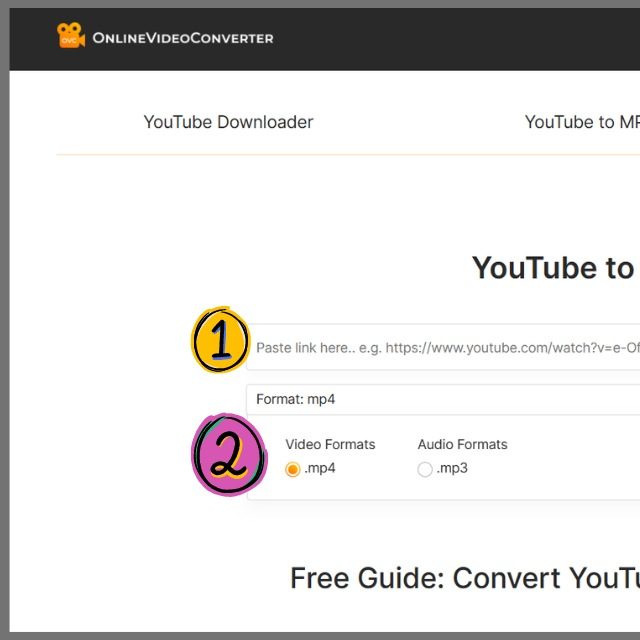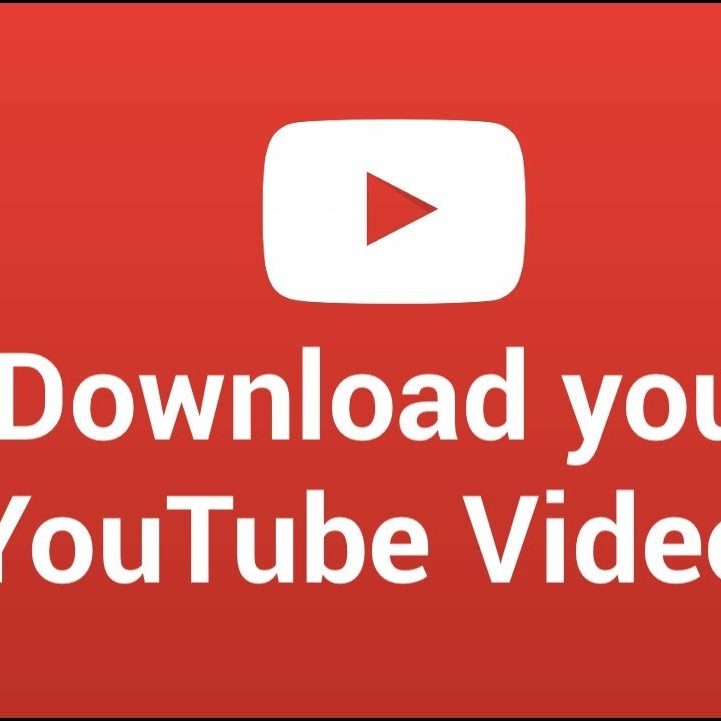In today’s fast-paced digital world, YouTube has become a hub for entertainment, education, and information. Many users enjoy watching videos but might want to download them for offline viewing on various devices. Converting YouTube videos to MP4 format is one of the most popular methods due to its universal compatibility, allowing playback on smartphones, tablets, and computers. In this article, we will explore effective ways to YouTube video to MP4 converter effortlessly, including various tools, best practices, and important considerations.
Why Convert YouTube Videos to MP4?
Advantages of MP4 Format
The MP4 format stands out for its versatility and high-quality output. It compresses video files without losing quality, making it an excellent choice for viewing on devices with limited storage. MP4 supports various codecs, allowing for smooth playback across different platforms and media players. Additionally, MP4 files can include video, audio, subtitles, and still images, making them ideal for comprehensive multimedia presentations. By converting YouTube videos to this format, users can enjoy seamless playback across a range of devices, from laptops to smartphones.
Offline Access to Videos
One of the major benefits of downloading YouTube videos as MP4 files is the ability to access content offline. Internet connectivity can be inconsistent or unavailable in certain situations, such as during travel or in remote locations. Downloading videos ensures you can still watch your favorite content without worrying about buffering or data usage. This convenience is particularly beneficial for students who want to save educational material for studying or for families who enjoy watching videos during long trips.

Recommended Tools for Conversion
Online Converters
Online converters are perhaps the easiest way to convert YouTube videos to MP4 format. Websites like YTMP3, KeepVid, and OnlineVideoConverter allow users to paste the video URL and choose the desired format for download. Most of these platforms are user-friendly and do not require any software installation. Simply follow the on-screen instructions to complete the conversion in just a few clicks.
Desktop Software
For those who prefer more control over the conversion process, desktop software offers additional features. Programs like 4K Video Downloader, Any Video Converter, and Freemake Video Converter provide more advanced options, such as batch downloading and customization of quality settings. These applications store the videos locally, making them easier to manage and organize. Desktop software is particularly advantageous for users who download videos frequently or require higher quality output.
How to Use Online Converters
Step-by-Step Process
Using an online converter is straightforward. First, head over to your chosen website. Then, find the YouTube video you want to convert and copy its URL. Once you’ve done that, paste the URL into the appropriate field on the converter’s homepage. Select MP4 as your desired format and click the “Convert” or “Download” button. Depending on the server speed and video length, the conversion process may take a few moments. After it completes, you can click the download link to save the MP4 file to your device.
Tips for Choosing an Online Converter
When selecting an online converter, make sure it’s reliable and safe. Check for user reviews or ratings to gauge its trustworthiness. Additionally, opt for converters that do not impose restrictions on video length or require downloads for conversion. Reliable converters will also provide options for various resolutions, so you can select the quality that best fits your needs.

How to Use Desktop Software
Installing a Video Converter
To start using desktop software, first download and install the program from a trusted website. Follow the installation prompts, and once the software is installed, launch the application. This setup process can vary slightly depending on the software, but most programs have intuitive interfaces that make settings easy to navigate.
Conversion Steps
After launching the converter, find the option to paste the YouTube video URL. Just like with online converters, copy the video URL and paste it into the designated field of the software. Choose MP4 as the output format, and you may also have the option to adjust settings like resolution or video quality. When ready, click the “Convert” or “Download” button. Depending on the file size, this process might take longer than an online converter, but the result should be a high-quality MP4 file stored on your device.
Best Practices for Downloading Videos
Check for Copyright Issues
Before downloading, consider the legal implications. While many users convert YouTube videos for personal use, others may violate copyright laws if they share or distribute downloaded content. Familiarize yourself with YouTube’s terms of service and check whether the video is protected by copyright. If the content is intended for personal use, make sure to respect the creator’s rights and not use the video in monetized projects without permission.
Consider Video Quality
When converting videos, pay attention to desired video quality. Some converters allow users to select resolutions, such as 720p or 1080p. Higher resolution videos offer better quality but take up more storage space. Evaluate your device’s storage capacity and your need for quality before deciding. It’s also valuable to note that some converters may not support all resolutions, so always check the available options before downloading.
Managing Downloaded Videos
Organizing Your Files
After downloading videos, it’s essential to keep them organized. Create folders on your device for different types of content, such as educational videos, entertainment, or music. This organization makes it easier to locate videos later and prevents clutter on your device. Consider using descriptive names for your files, including titles and dates, to make searching even more straightforward.
Backup Your Files
Backing up your downloaded videos ensures you won’t lose them due to device issues or accidental deletion. Use cloud storage options like Google Drive, Dropbox, or external hard drives to back up your videos. Regularly updating your backups keeps your content secure, allowing for easy access across multiple devices.

Troubleshooting Common Issues
Conversion Errors
Sometimes, users may experience issues during the conversion process, such as error messages or the converter getting stuck. If this occurs, double-check the video URL for accuracy. Sometimes, YouTube may restrict access to certain videos, making them unavailable for conversion. If the problem persists, try a different converter or check your internet connection.
Playback Problems
If the converted MP4 file does not play as expected, the issue may stem from your media player. Ensure that your player supports MP4 playback. Popular options like VLC Media Player and Windows Media Player usually handle MP4 formats well. If you encounter problems, consider trying a different media player or reinstalling your existing one.
Conclusion
Converting YouTube video to MP4 converter opens up a world of possibilities for enjoying your favorite content offline. With various tools available, including online converters and desktop software, the process is straightforward and can be done by anyone, regardless of technical skills. By following the guidelines discussed, you can download videos effortlessly, maintain organization, and ensure compliance with copyright regulations.
As you explore the world of YouTube video downloads, always remember to respect the content creators and their rights. Take the time to enjoy your downloaded videos in a manner that enhances your experience while continuing to support the artists and creators you admire. With the right knowledge and resources, you can make the most of your digital media endeavors, ensuring easy access to your favorite videos whenever you want them.
